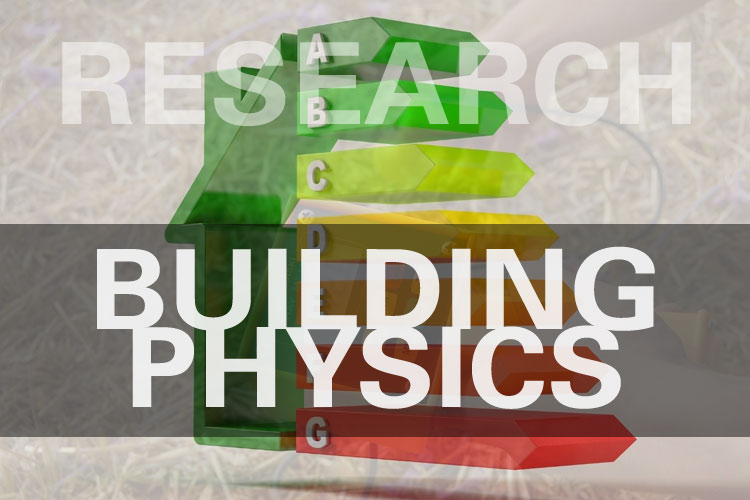For several thousand years, straw has been used mainly as bedding for horses and cattle. This inexpensive, thermally insulating, and environmentally renewable material has been used increasingly in the southwestern United States as a structural element in the construction of residential houses, storage facilities, and restaurants. An understanding of the acoustical properties of straw bales is therefore required if this medium is to be used appropriately. The transmission loss (TL) of wheat and rye‐grass straw bales was measured for bales placed in different configurations, and for the stucco‐covered wall of a straw bale house. The TL for the straw bale house wall was 59.4 dB (A‐weighted). The coefficient of acoustic absorption of the straw bales was also measured at 125, 250, 500, 1000, 2000, and 4000 Hz. [Work supported by an NSF PFF.]
Authors:
- Mas, Carl J.
- Everbach, E. Carr



